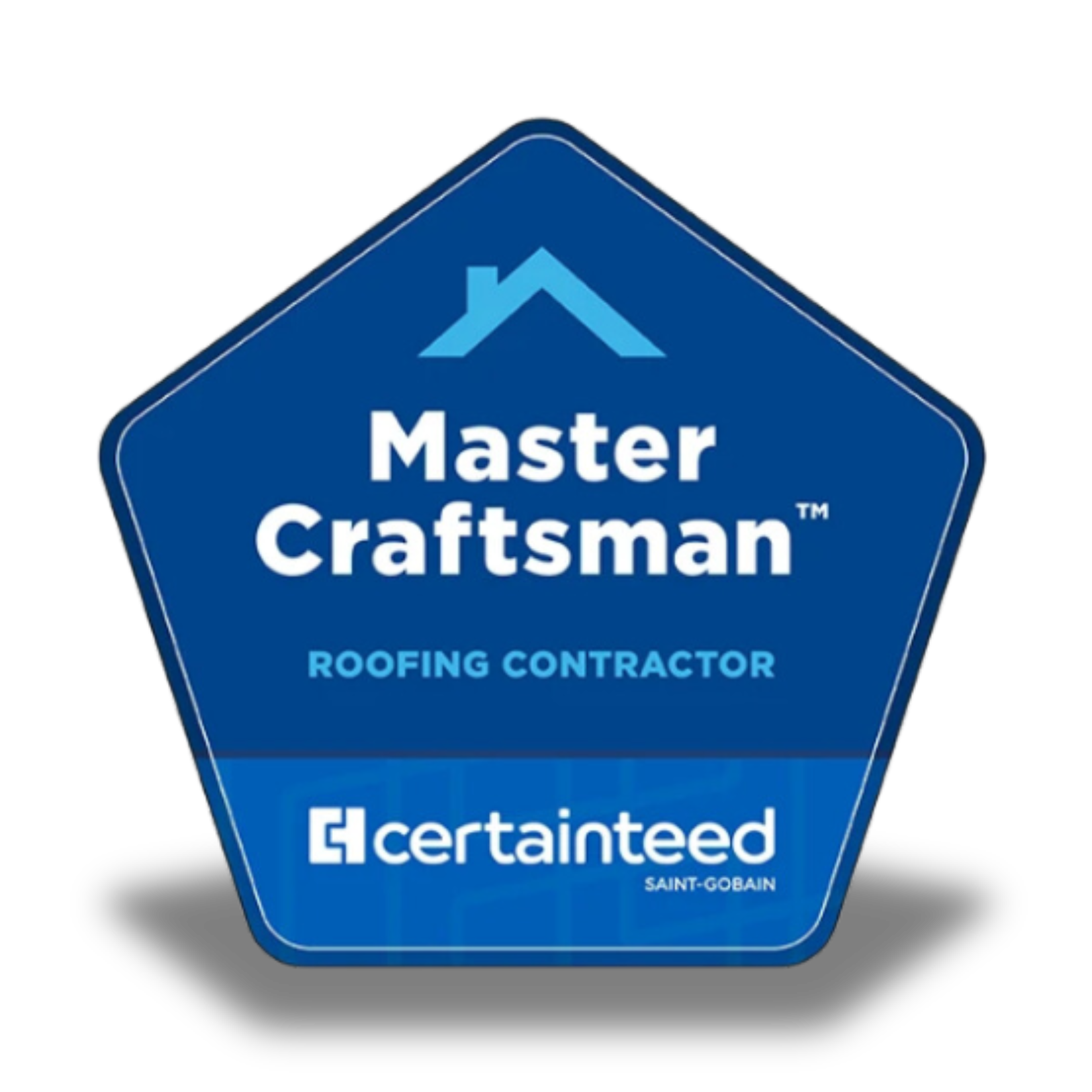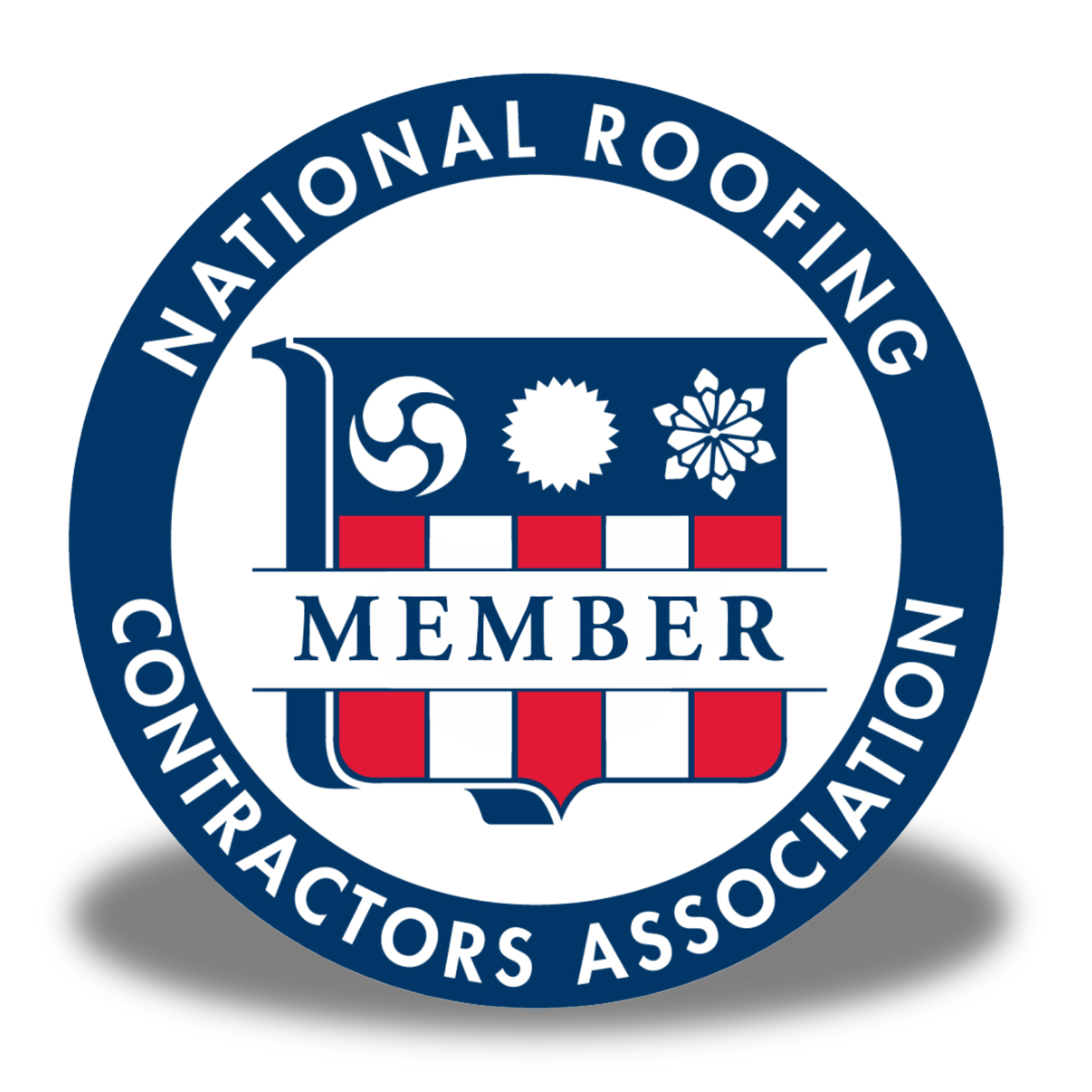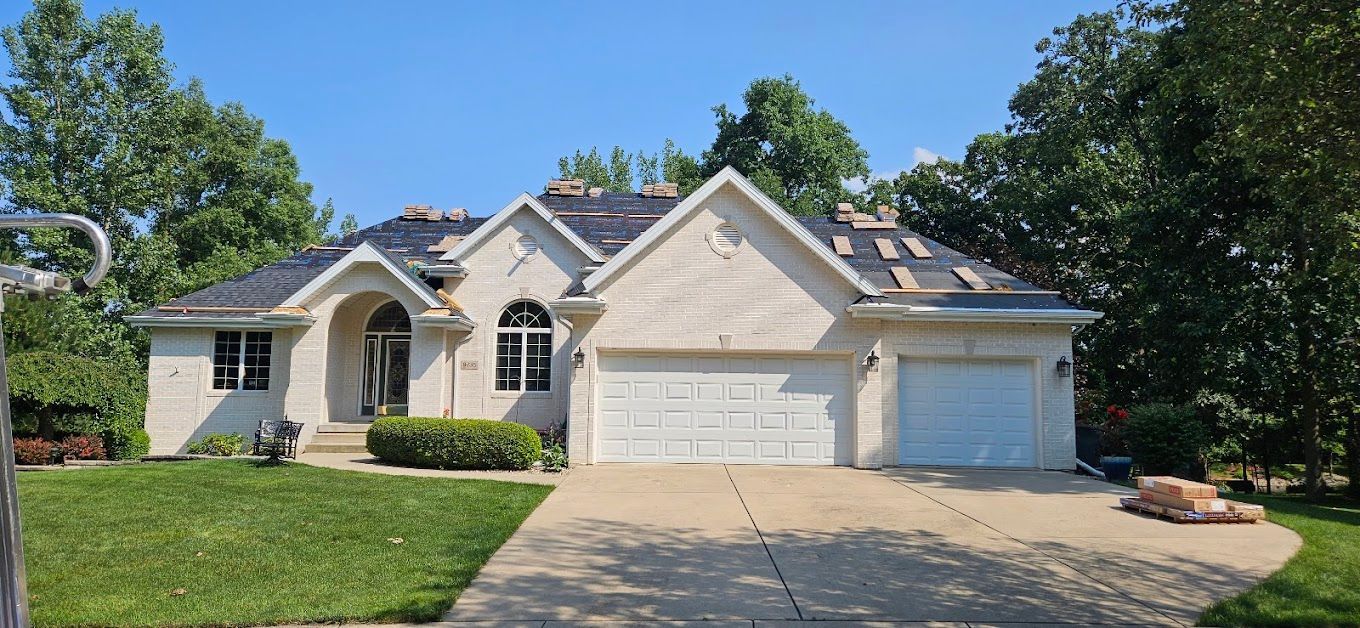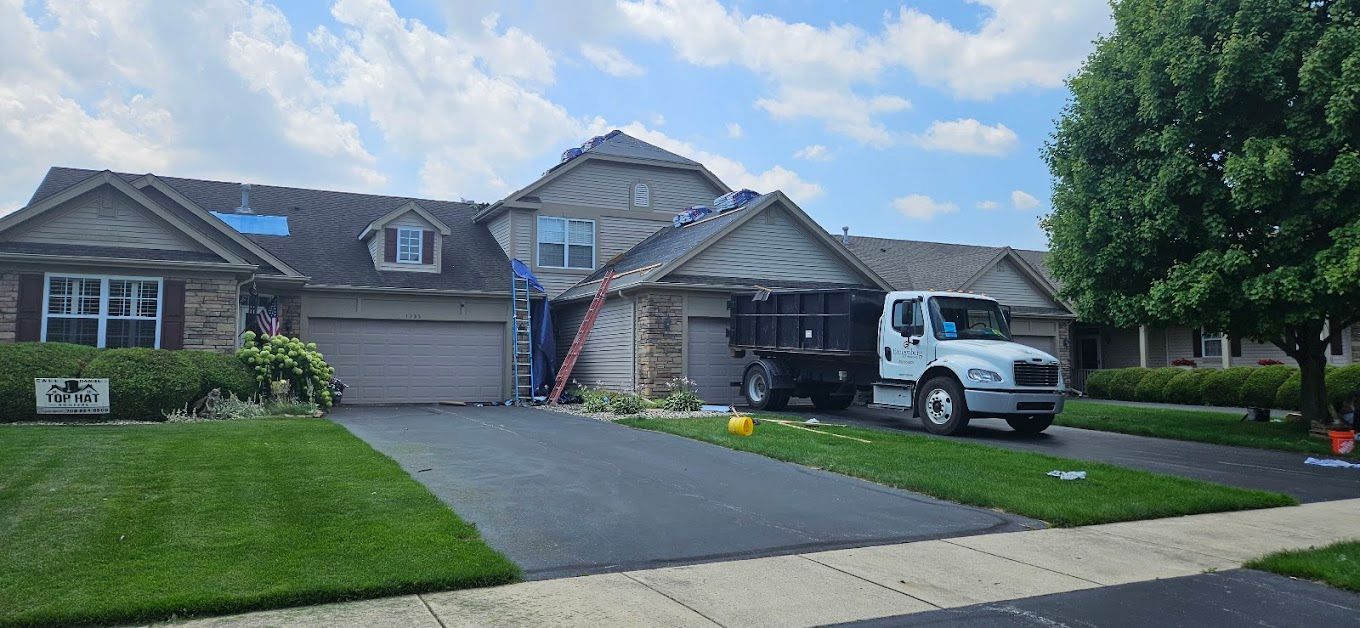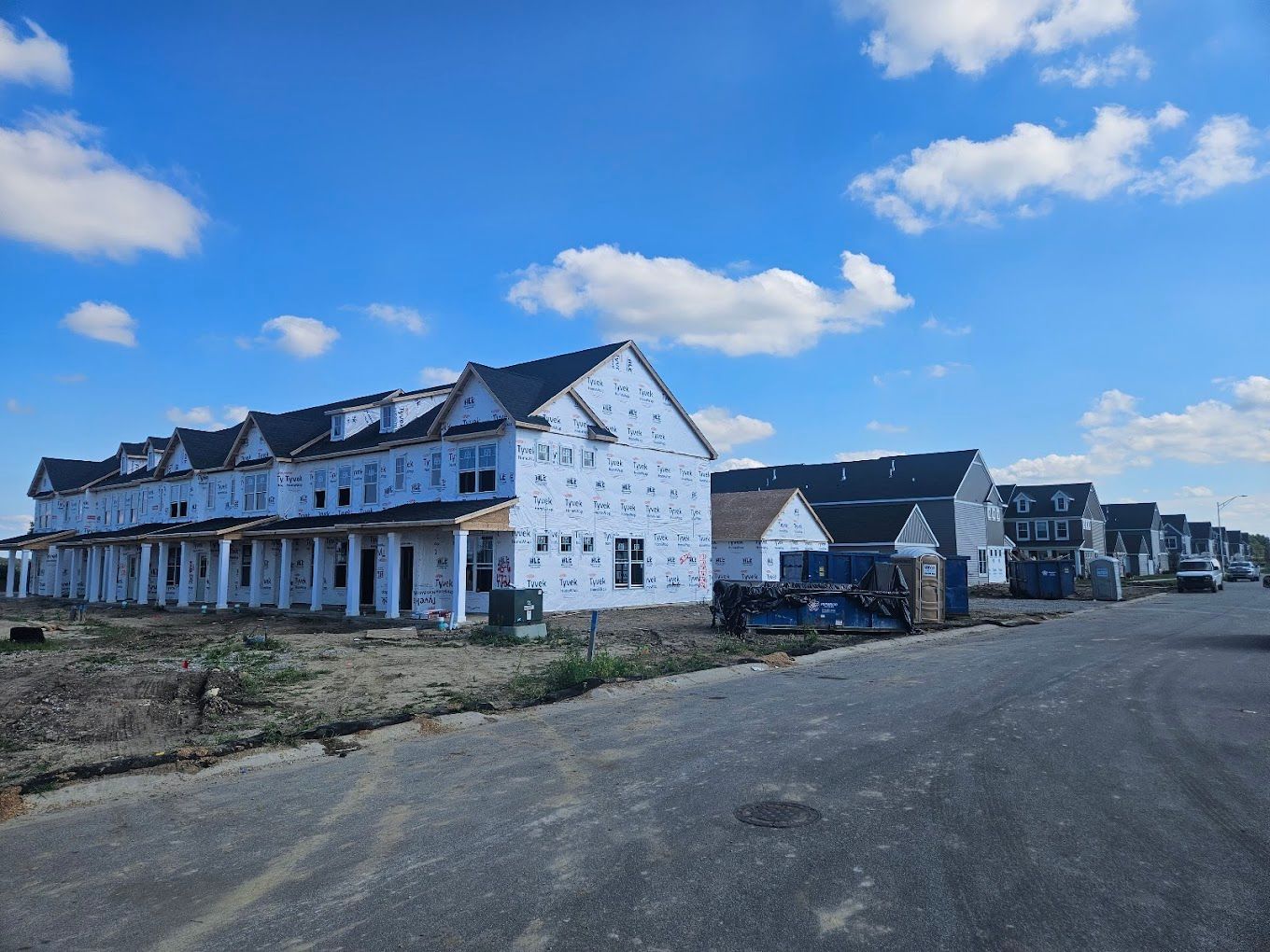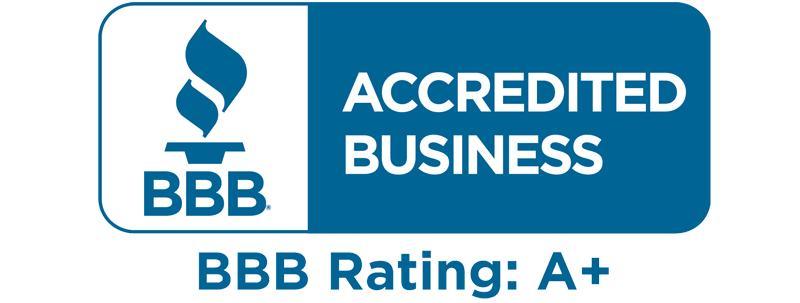FREQUENTLY ASKED QUESTIONS ABOUT ROOFING IN CROWN POINT, IN
HAVE QUESTIONS ABOUT ROOFING? WE ARE HERE TO HELP!
When you’ve been the leader in any industry as long as we have, you can anticipate the questions or concerns that homeowners have about their roof. Below are some of the questions that we hear on a consistent basis regarding our roofing services. If you still have questions or would just like more clarification, please don’t hesitate to
contact us.
Over 60 years of industry experience
Family-owned and operated since
1963
Commitment
to respect, honesty, & thoughtfulness
CertainTeed
Roofing
Master
&
NCRA
Member
COMMON ROOFING QUESTIONS ASKED BY HOMEOWNERS IN CROWN POINT, IN
How can a home owner recognize when a roof has problems?
Answer: Typically, roofing problems are discovered after leaking or other serious damage occurs. Periodic (twice a year) inspections often can uncover cracked, warped, or missing shingles and tiles, loose seams, deteriorated flashings, excessive surface granules accumulating in the gutters or downspouts, and other visible signs of roof system problems. Indoors look for cracked paint, discolored plasterboard, and peeling wallpaper as signs of damaged roof areas.
What are my options if I decide to re-roof?
Answer: You have two basic options. You can choose a complete replacement of the roof, involving a tear-off of your existing roof system, or re-cover the existing roof system, involving only the installation of a new roof . If you have already had one re-cover installed on your original roof system, roof sheathing replacement may be necessary. In many instances building code requirements allow no more than one roof system re-cover before a complete replacement is necessary.
My roof leaks, do I need to have it replaced completely?
Answer: Not necessarily. Leaks can result from flashings that have come loose or a section of the roof system being damaged. A complete roof system failure however, generally is irreversible and a result of improper installation, choice of materials, or the roof system installation is inappropriate for the home or building.
Can I do the work myself?
Answer: Most of the work should not be done yourself. Professional roofing contractors are trained to safely and efficiently repair or replace roof systems. You can damage your roof by using improper roofing techniques and severely injure yourself by falling off of or through your roof. Maintenance performed by home and building owners should be confined to inspecting roof systems during the fall and spring to check for cracked or curling shingles and cleaning gutters filled with dead leaves and other debris. If you inspect your roof yourself, use a firmly braced or tied off ladder equipped with rubber safety feet. Wear rubber soled shoes and stay on the ladder, (and off the roof system), if possible.
How long can I expect my roof system to last?
Answer: Most new roof systems are designed to provide useful services ranging from 10, 15, and even 20 years. Some roof system types such as slate, clay & concrete tile and certain metal (e.g. copper) systems can last longer.
Actual roof system life span is determined by a number of factors, including local climactic and environmental conditions, proper building and roof system design, material quality and suitability, proper application and adequate roof maintenance.
Roofing product manufacturers offer a variety of warranties on their products. Take a close look at those warranties to see what responsibilities and financial obligations manufacturers will assume if their products fail to reach their expected lives.
What will a new roof system cost?
GET A FREE ESTIMATEAnswer: The price of a new roof system varies widely depending on such things as the materials selected, contractor doing the work, home or building, location of home or building, local labor rates, and time of year. To get a good idea of the price of your roof system contact Eenigenburg Roofing for a free estimate. Keep in mind that price is only one factor, and must be balanced with quality of materials and workmanship.


